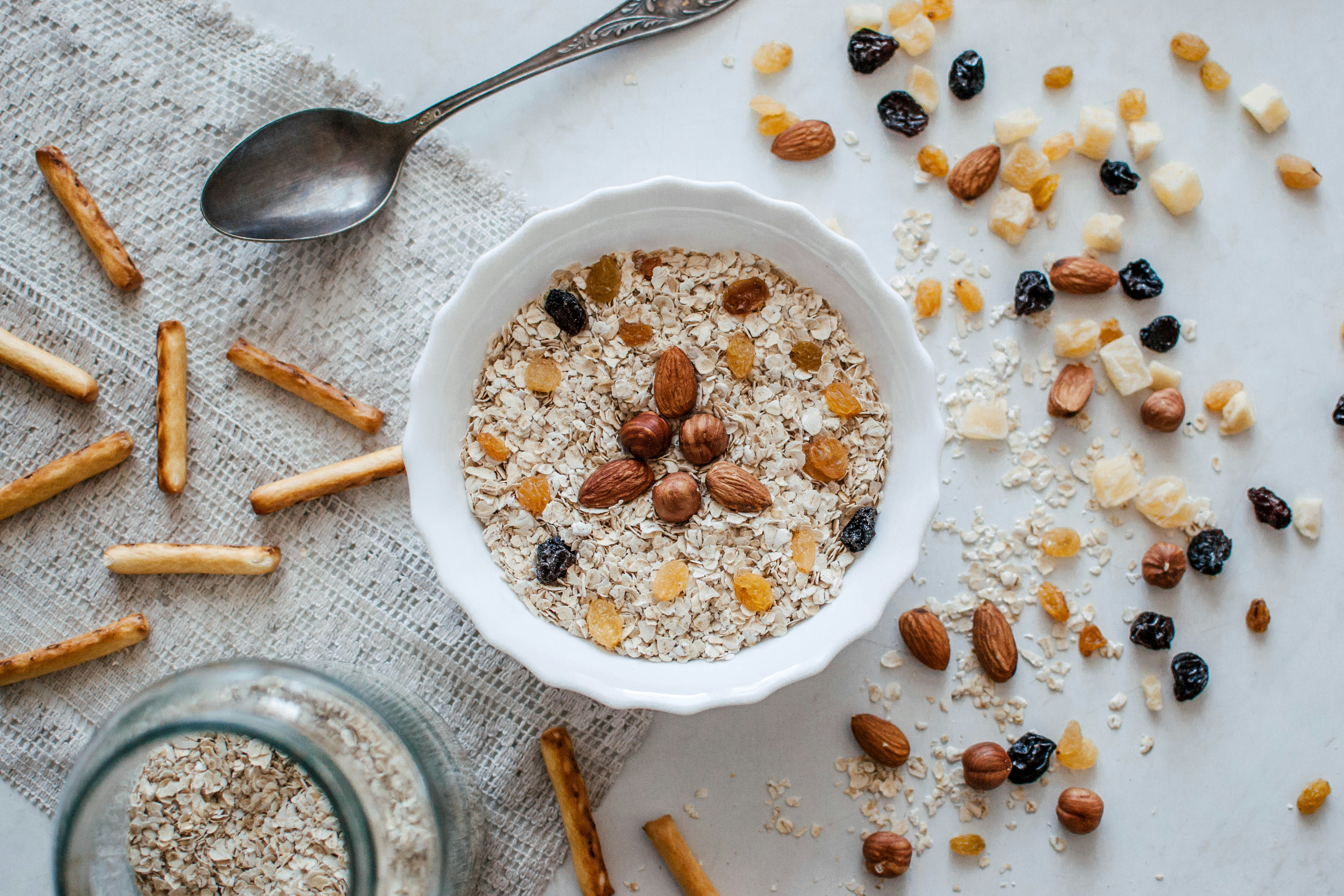Why You Should Track Exercise and Blood Sugar with Tech
6
min read
Apr 8, 2025
Discover how combining fitness trackers with continuous glucose monitors (CGMs) can help you personalize your workouts, stabilize blood sugar, and improve overall health. Learn how tools like GlucoSense make it easy to track, understand, and optimize your glucose response to exercise.
Wearable technology has changed the way we take care of our health. Two of the most helpful devices are fitness trackers and continuous glucose monitors (CGMs). Each one gives us important health information. But when we use them together, they become a powerful team. This duo can help us get more from our workouts, feel better every day, and manage our blood sugar more smoothly.
Let’s explore how combining a fitness tracker with a CGM can make a big difference in how you move, eat, and live.
Understanding Fitness Trackers and CGMs
Before we look at how these devices work together, it helps to understand what each one does on its own.
A fitness tracker is a wearable device, often worn on the wrist, that monitors your physical activity. Popular brands like Fitbit, Apple Watch, and WHOOP keep track of your steps, heart rate, calories burned, workouts, and even your sleep. Some can also estimate how ready your body is for exercise or how stressed you might be. Altogether, this gives you a big-picture view of how active and healthy you are.
A continuous glucose monitor (CGM) is a small sensor that sticks to your skin—usually on the arm or abdomen. It measures your blood sugar, also known as glucose, all day and night. CGMs were first made for people with diabetes, but more people are using them now to learn how their bodies respond to different foods, workouts, sleep, and stress.
With a CGM, you can see things like how high your glucose goes after a meal, whether it dips during sleep, and how exercise or stress affects it. This can be a game changer if you want to balance your energy, improve your workouts, or avoid blood sugar crashes.
Why Use Both Together?
Fitness trackers and CGMs are great on their own. But using them together gives you a much clearer view of what’s happening in your body. One shows you what your body is doing—how much you’re moving and how hard you’re working. The other shows you how your blood sugar is responding to that movement.
For example, imagine you go for a 30-minute jog. Your fitness tracker tells you your heart rate was up, you burned 300 calories, and you added 3,000 steps. At the same time, your CGM might show that your blood sugar slowly dropped during the run, then stayed steady for hours afterward. It may even show fewer spikes after your next meal. That’s a strong sign that your jog was great for your blood sugar and overall health.
Which Workouts Help Glucose the Most?
Not every kind of exercise has the same effect on blood sugar. That’s why wearing a CGM and a fitness tracker together can help you learn what works best for your body.
Aerobic exercises like walking, running, or biking usually help lower blood sugar. During the workout, you might see your glucose drop a little, and it often stays more stable afterward. You may even notice fewer big jumps in your blood sugar after eating.
On the other hand, high-intensity interval training (HIIT) can actually raise your glucose for a short time. That’s because intense workouts trigger your body to release extra sugar into the blood for quick energy. But that’s not a bad thing. Most people see their levels return to normal quickly, and the next day their glucose tends to be more stable overall.
Strength training, like lifting weights, may also cause a small rise in glucose at first. But building muscle helps your body use glucose more efficiently in the long run. You may notice your overall glucose patterns improve on the days following a good lifting session.
Making Your Workouts Personal
Everyone’s body responds differently. One person might see a big improvement in glucose after a 20-minute walk, while another might need a full hour of movement. By wearing a fitness tracker and a CGM at the same time, you can experiment and figure out what works best for you. Try changing the time of day you exercise, the type of workout you do, or how long you stay active. Then check your glucose patterns and see what happens. Look at your heart rate, how hard the workout felt, and how long it took to recover. Over time, these patterns will help you find your sweet spot.
How This Duo Helps with Daily Choices
Once you start tracking fitness and glucose together, you can use that information to make smart choices throughout the day.
For example, if your glucose is running high, a quick walk after dinner could help bring it down. If you didn’t sleep well and your fitness tracker shows a high stress level, your glucose might also be higher than normal. That’s a good day to go easy and stick with something gentle, like yoga or stretching. And if your CGM shows a spike after a favorite workout, don’t worry—it could just be a temporary rise. What matters most is how your body responds in the hours after.
By checking in regularly, you’ll start to understand which exercises not only feel good but also support your blood sugar and overall energy.
Tips for Using Fitness Trackers and CGMs Together
If you're ready to try using both devices, a few simple steps can help you get started.
Make sure both devices are showing the correct time. This will help you match your workouts with your glucose readings. It also helps to write down what kind of exercise you did and how you felt. Most CGM apps let you add notes, which is a great way to track patterns over time.
Be patient. Your blood sugar can change for lots of reasons—meals, stress, sleep, or hormones. Try to focus on trends rather than single numbers.
This is about learning and improving, not being perfect. These tools are here to help you feel your best, not to make you worry.
The Future of Personalized Fitness with GlucoSense
Wearable tech is getting smarter, and the future is all about personalized health. GlucoSense connects your CGM data with fitness trackers like Apple Watch, Fitbit, Oura, WHOOP, and Garmin to give you a clear view of how your daily habits affect your glucose. GlucoSense gives you a daily GlucoScore™ that shows how well you're managing your blood sugar. It also provides insights about how your workouts, meals, sleep, and stress levels impact your glucose. Instead of guessing what’s working, GlucoSense helps you see the full picture. It shows how exercise helps (or sometimes hinders) your glucose, gives feedback you can actually use, and helps you build better habits day by day. With tools like this, staying on top of your health becomes simpler, more motivating, and more personalized than ever before.
The Bottom Line
Fitness trackers and CGMs are a powerful pair when it comes to managing your health and optimizing your blood sugar. When you wear both, you gain a deeper understanding of how your body responds to movement. You’ll discover which workouts help you feel energized, balanced, and strong. Whether you’re just starting your fitness journey or looking to take it to the next level, combining these tools—and platforms like GlucoSense—can make a big difference. The key is to stay curious, track your progress, and give your body what it needs. With the right insights, your health becomes a journey you can actually enjoy.








